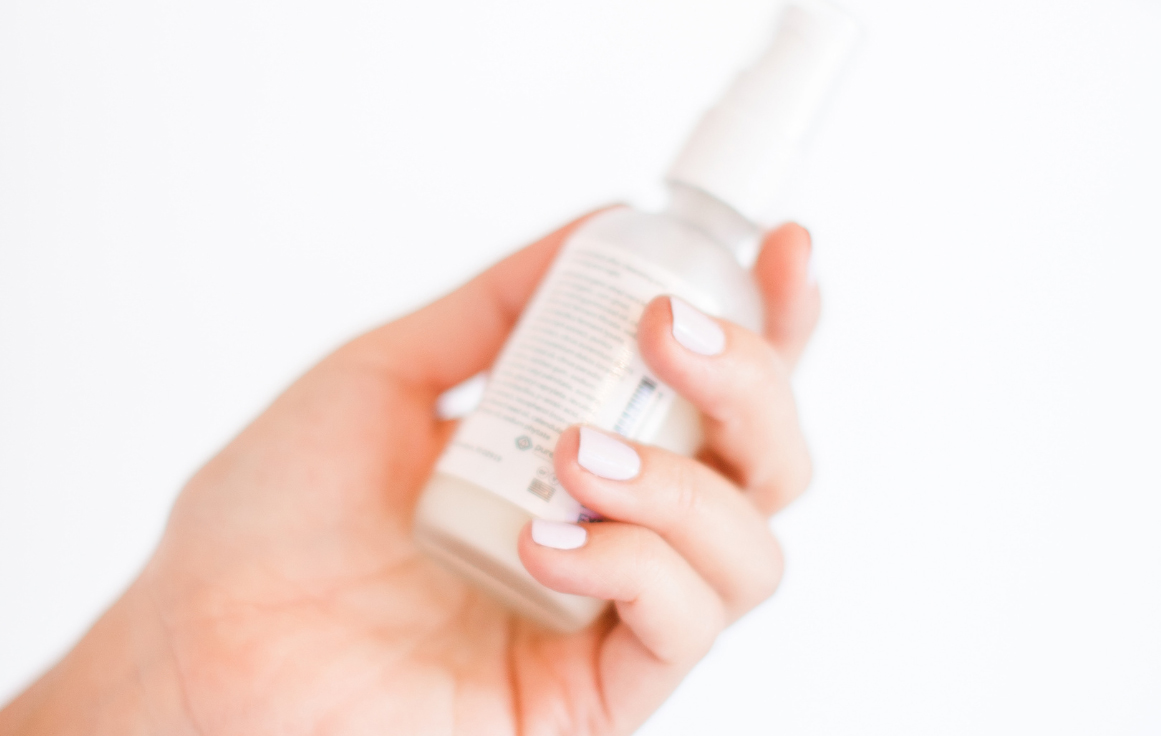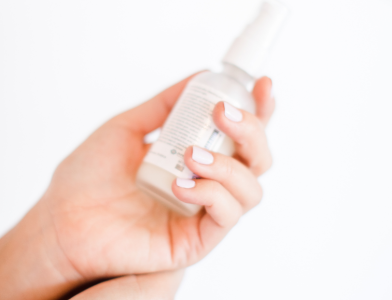Phthalates, sometimes known as “everywhere chemicals,” are found in your blood and they did not arrive there by chance. These chemicals are present in food, water, makeup, air, and many household items. Phthalate exposure can impact hormone balance, fertility, puberty timing, and child development. If you are striving for a lower-toxin lifestyle, understanding and reducing phthalate exposure is a vital step.
What Are Phthalates and Why Do They Matter?
Phthalates are a group of endocrine disrupting chemicals (EDCs). These compounds alter your hormone signals, affecting metabolism, fertility, brain development, sleep, and mood. Both men and women are at risk. Phthalate exposure has been linked to reduced sperm quality, impaired ovulation, early puberty in girls, breast cancer risk, and neurodevelopmental issues in children.
Many symptoms are vague such as fatigue, mood swings, irregular periods, and infertility, so phthalate exposure often goes unnoticed. Babies and children are especially vulnerable, as phthalates are even detected in umbilical cord blood and breast milk.
Where Phthalates Hide in Your Daily Life
Phthalates leach from plastics, especially when exposed to heat, friction, acidic foods, fats, or sunlight. Everyday actions like microwaving food in plastic, drinking from plastic bottles, or spraying fragranced cleaners can increase your phthalate load. Household dust, especially in homes with synthetic materials, is another important source of ongoing exposure.
- Plastics: Storage containers, bottles, food packaging, and kitchenware
- Personal care products: Lotions, cosmetics, shampoos (especially with “fragrance” on the label)
- Household cleaners: Sprays, air fresheners, and scented products
- Vinyl items: Shower curtains, baby mats, mattress covers
- Tap water: Especially in homes with PVC plumbing
5 Research-Backed Swaps to Reduce Phthalate Exposure
Reducing phthalates does not require perfection. Small, informed choices quickly decrease your exposure. These five swaps have proven benefits and are simple to integrate.
- Cook with fresh, whole ingredients: Home-cooked meals with unprocessed foods dramatically lower phthalate levels. Processed and packaged foods are a main source of exposure.
- Avoid heating or storing food in plastic: Switch to glass or stainless steel containers. Heat and long-term storage cause plastics, even BPA-free ones, to leach chemicals.
- Choose fragrance-free personal care and cleaning products: Read labels and avoid products listing “fragrance” or “parfum.” Opt for brands using essential oils or transparent ingredient lists.
- Replace vinyl and PVC products: Look for organic cotton, wool, or food-grade silicone for baby mattresses, shower curtains, and floor mats. Vinyl-based items are a significant source of household phthalates.
- Filter your tap water: Install an activated carbon block or reverse osmosis filter. If this is not possible, boiling water helps decrease some contaminants.
Why Every Small Swap Matters
Phthalate exposure is cumulative, and so is the effect of your actions. Phthalate half-life in the body is short and levels start dropping within days of making these changes. You do not need to make every change at once. Each healthier swap is a vote for your long-term health and resilience.
Even minor improvements around food, plastics, fragrances, and water safety add up over time. These steps restore well-being, support your hormones, and help protect your family’s most vulnerable members. Remember, every positive choice makes a measurable difference.
Take Action for a Low-Toxin Lifestyle
Awareness empowers you to make safer choices. Identify one area of your daily life that feels manageable and start there. Over time, layer more changes as you build confidence and see benefits. Small, steady steps move you toward a home that truly supports your health.
Ready to make your first low-toxin swap? Share your goal in the comments below. For continued guidance and research-backed solutions, explore more resources and updates here.
References
- Hlisníková H, Petrovičová I, Kolena B, Šidlovská M, Sirotkin A. Effects and Mechanisms of Phthalates’ Action on Reproductive Processes and Reproductive Health: A Literature Review. Int J Environ Res Public Health. 2020 Sep 18;17(18):6811. doi: 10.3390/ijerph17186811. PMID: 32961939; PMCID: PMC7559247.
- Harley KG, Berger KP, Kogut K, Parra K, Lustig RH, Greenspan LC, Calafat AM, Ye X, Eskenazi B. Association of phthalates, parabens and phenols found in personal care products with pubertal timing in girls and boys. Hum Reprod. 2019 Jan 1;34(1):109-117. doi: 10.1093/humrep/dey337. PMID: 30517665; PMCID: PMC6295961.
- Mukherjee Das A, Gogia A, Garg M, Elaiyaraja A, Arambam P, Mathur S, Babu-Rajendran R, Deo SVS, Kumar L, Das BC, Janardhanan R. Urinary concentration of endocrine-disrupting phthalates and breast cancer risk in Indian women: A case-control study with a focus on mutations in phthalate-responsive genes. Cancer Epidemiol. 2022 Aug;79:102188. doi: 10.1016/j.canep.2022.102188. Epub 2022 Jun 7. PMID: 35688051.
- Engel SM, Miodovnik A, Canfield RL, Zhu C, Silva MJ, Calafat AM, Wolff MS. Prenatal phthalate exposure is associated with childhood behavior and executive functioning. Environ Health Perspect. 2010 Apr;118(4):565-71. doi: 10.1289/ehp.0901470. Epub 2010 Jan 8. PMID: 20106747; PMCID: PMC2854736.
- Main KM, Mortensen GK, Kaleva MM, Boisen KA, Damgaard IN, Chellakooty M, Schmidt IM, Suomi AM, Virtanen HE, Petersen DV, Andersson AM, Toppari J, Skakkebaek NE. Human breast milk contamination with phthalates and alterations of endogenous reproductive hormones in infants three months of age. Environ Health Perspect. 2006 Feb;114(2):270-6. doi: 10.1289/ehp.8075. PMID: 16451866; PMCID: PMC1367843.
- Hwa HL, Peng FS, Ting TT, Chen HW, Chan HY, Yang DP, Chen PC, Kuo YN, Chen PS. Monitoring Phthalates in Maternal and Cord Blood: Implications for Prenatal Exposure and Birth Outcomes. Environ Toxicol Chem. 2022 Mar;41(3):715-725. doi: 10.1002/etc.5280. Epub 2022 Feb 23. PMID: 35199389.
- Giuliani A, Zuccarini M, Cichelli A, Khan H, Reale M. Critical Review on the Presence of Phthalates in Food and Evidence of Their Biological Impact. Int J Environ Res Public Health. 2020 Aug 5;17(16):5655. doi: 10.3390/ijerph17165655. PMID: 32764471; PMCID: PMC7460375.
- Andjelković T, Bogdanović D, Kostić I, Kocić G, Nikolić G, Pavlović R. Phthalates leaching from plastic food and pharmaceutical contact materials by FTIR and GC-MS. Environ Sci Pollut Res Int. 2021 Jun;28(24):31380-31390. doi: 10.1007/s11356-021-12724-0. Epub 2021 Feb 19. PMID: 33604835.
- Milton SG, Tejiram RA, Joglekar R, Hoffman K. Characterizing the Contribution of Indoor Residential Phthalate and Phthalate Alternative Dust Concentrations to Internal Dose in the US General Population: An Updated Systematic Review and Meta-Analysis. Int J Environ Res Public Health. 2023 Aug 17;20(16):6589. doi: 10.3390/ijerph20166589. PMID: 37623174; PMCID: PMC10454216.
- Kolarik B, Naydenov K, Larsson M, Bornehag CG, Sundell J. The association between phthalates in dust and allergic diseases among Bulgarian children. Environ Health Perspect. 2008 Jan;116(1):98-103. doi: 10.1289/ehp.10498. PMID: 18197306; PMCID: PMC2199301.



